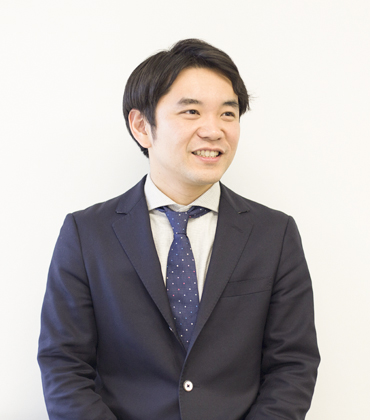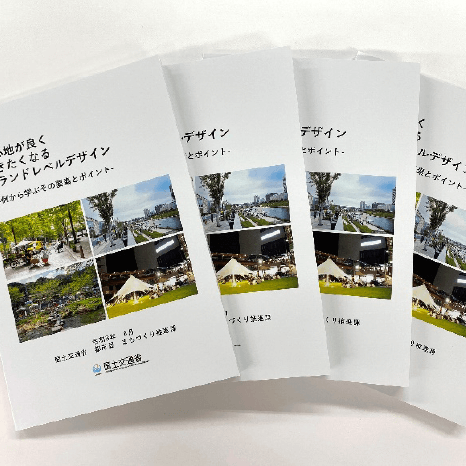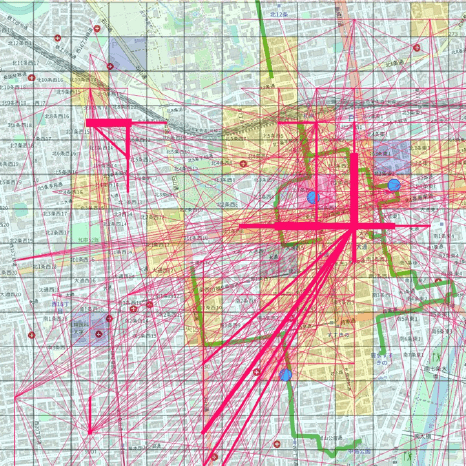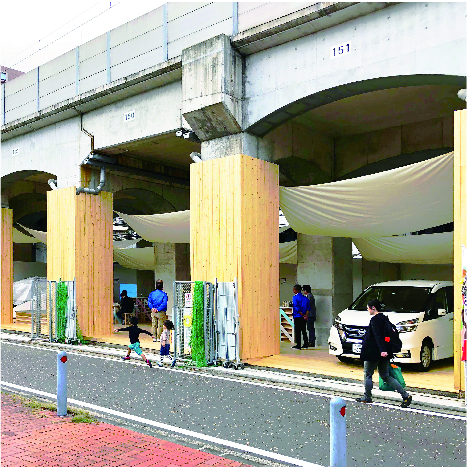
Norio Yoshimoto
Senior Consultant
Designing “interactions” and “actions” for cities
According to the United Nations, today, urban areas are home to more than half of the world’s population; by 2050, this figure will reach 68%. In addition, with the growth of the world’s population, competition between urban areas has become more intense from the perspectives of people, goods, money, and information as birthrates decline and populations age in many developed countries. Under these conditions, the theme of identifying the kinds of cities people want to live in will become more important.
I believe that “actions” and “interactions” in cities offer hints to working on this theme. As a result of industrial development, the human race has been able to efficiently carry out lifestyle- and production-related activities over the last century or so, and the “growth” of society as a whole has become the driving force behind the progression of urbanization. However, at the present time where it is said that we are transitioning from a “growth-oriented society” to a “mature society”, “quality” is becoming more of a focus than the “quantity” of things.
In the background of these changes in values, I believe that designing “interactions” and “actions” that influence the quality of people’s lives will be important in promoting urban development. I would like to examine the future vision of cities and architecture in response to the diverse set of issues and needs of society.

Profile
- Membership:
- Architectural Institute of Japan
- Qualification:
- Ph.D. in Engineering



